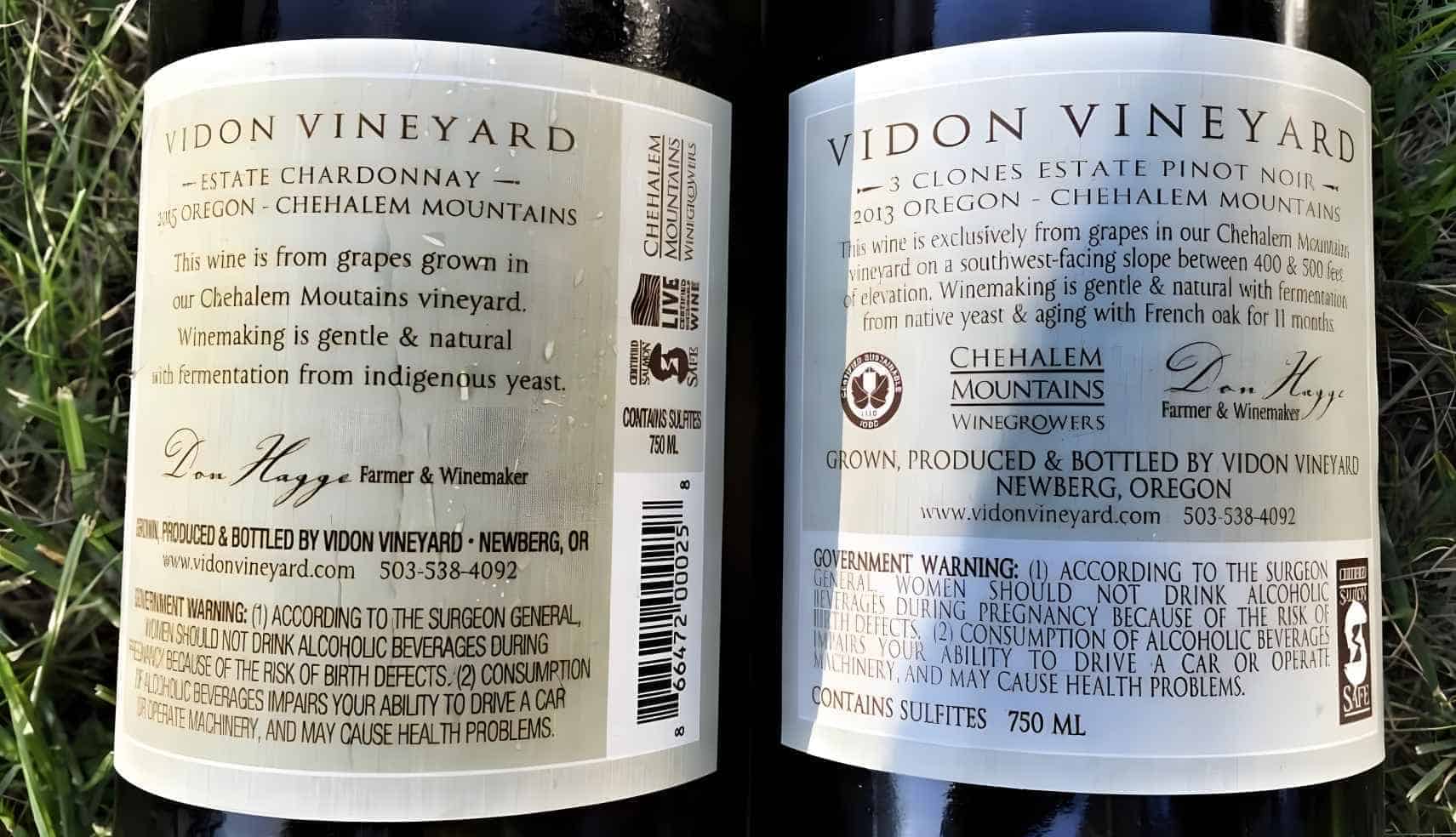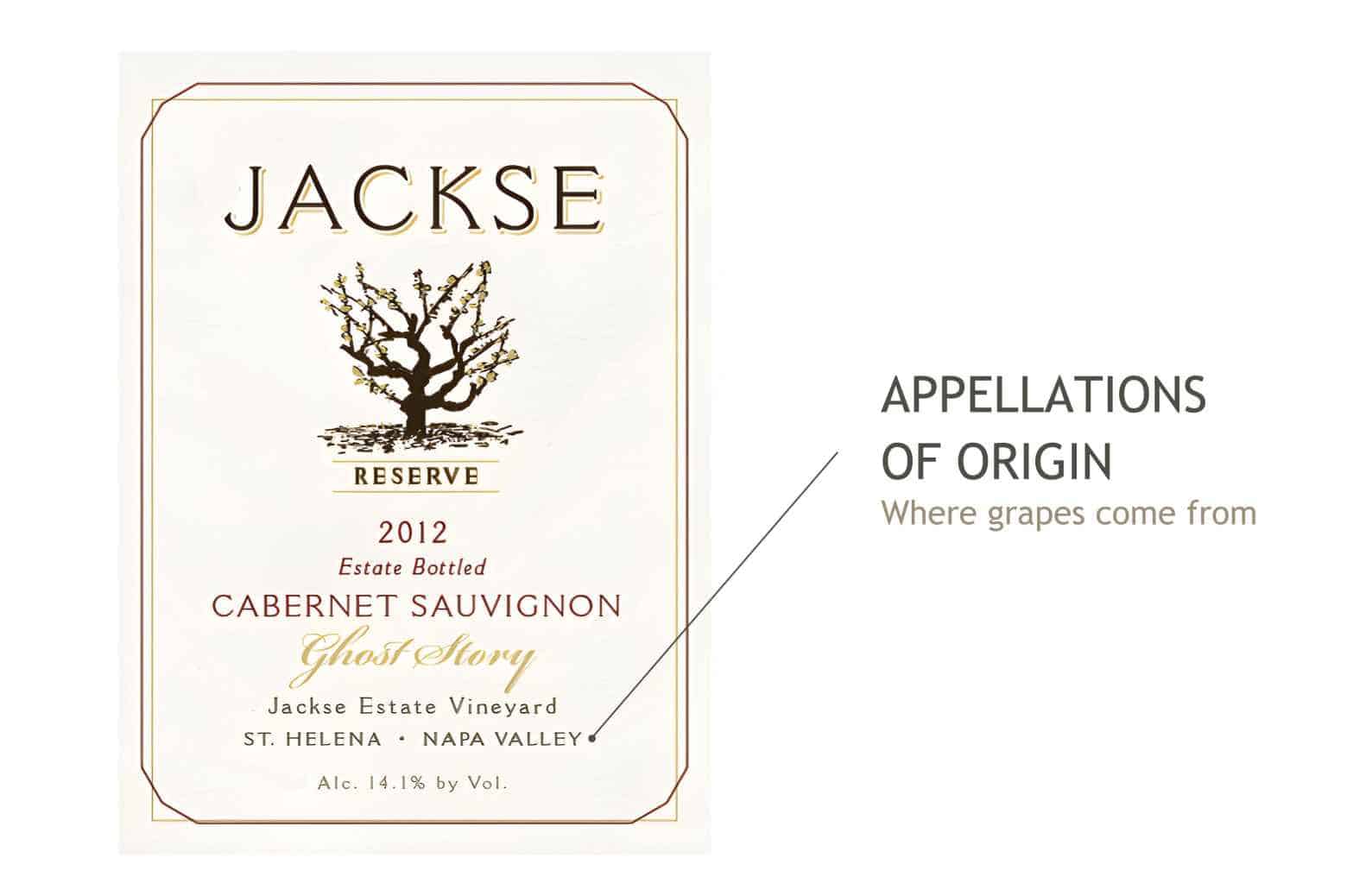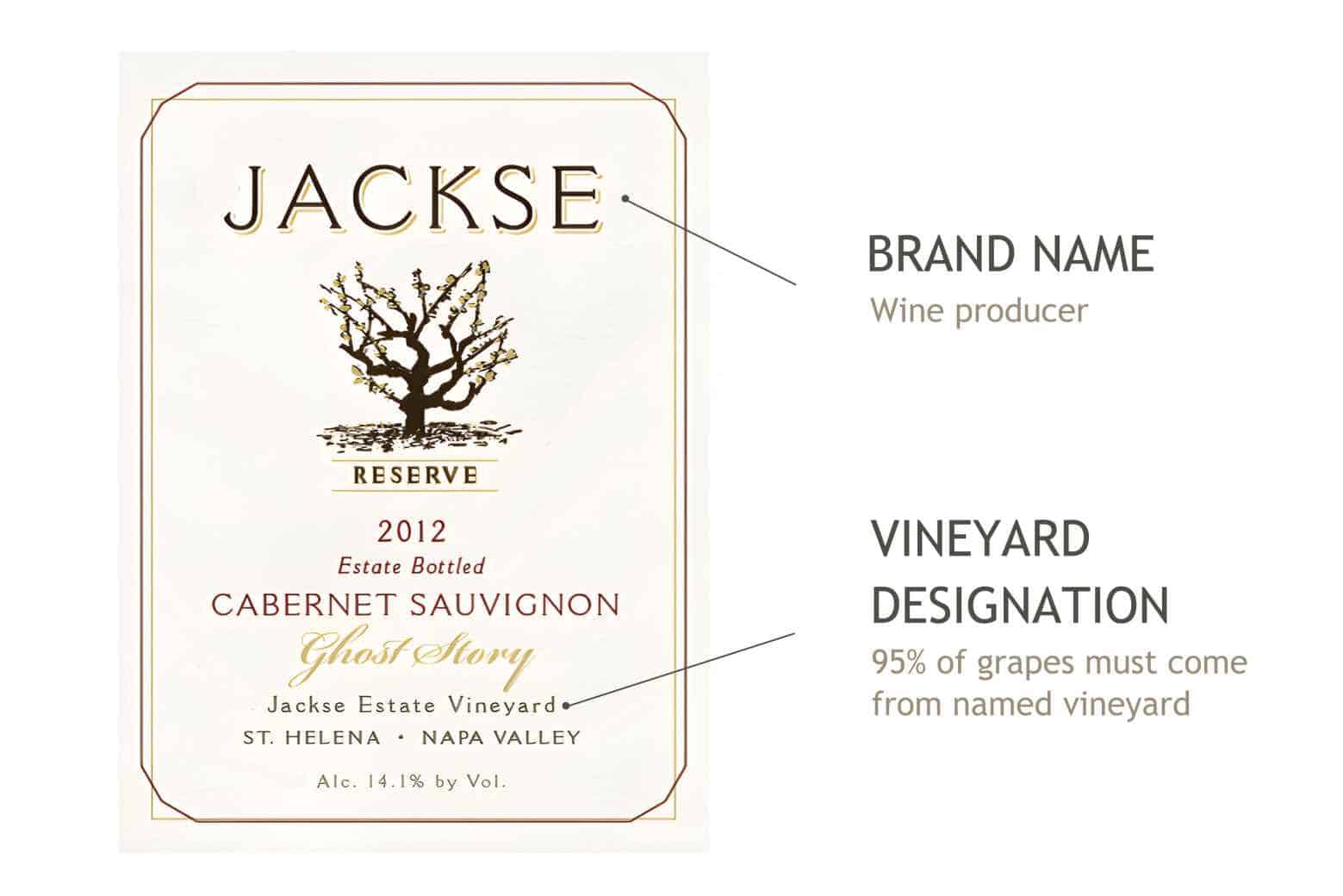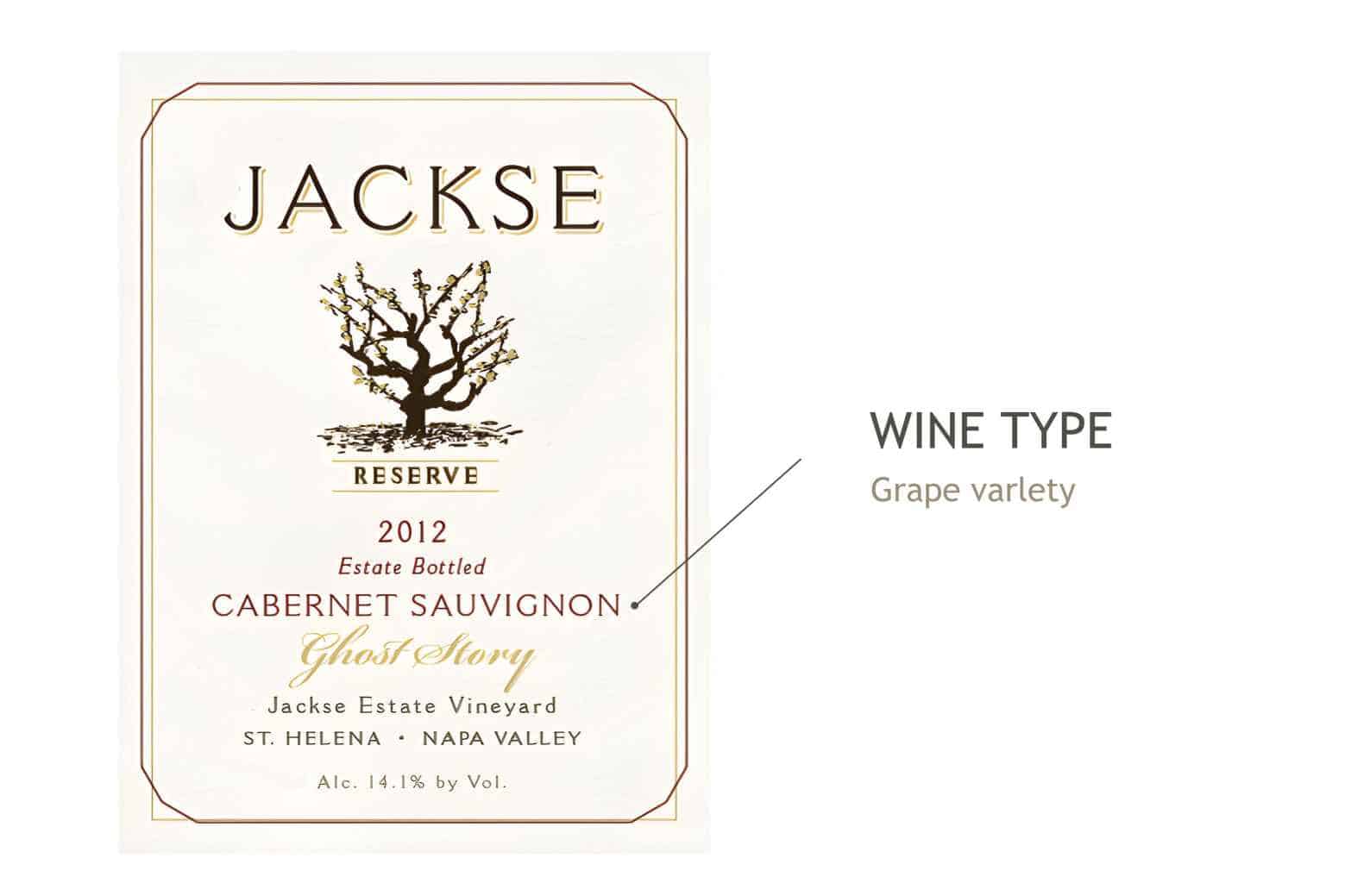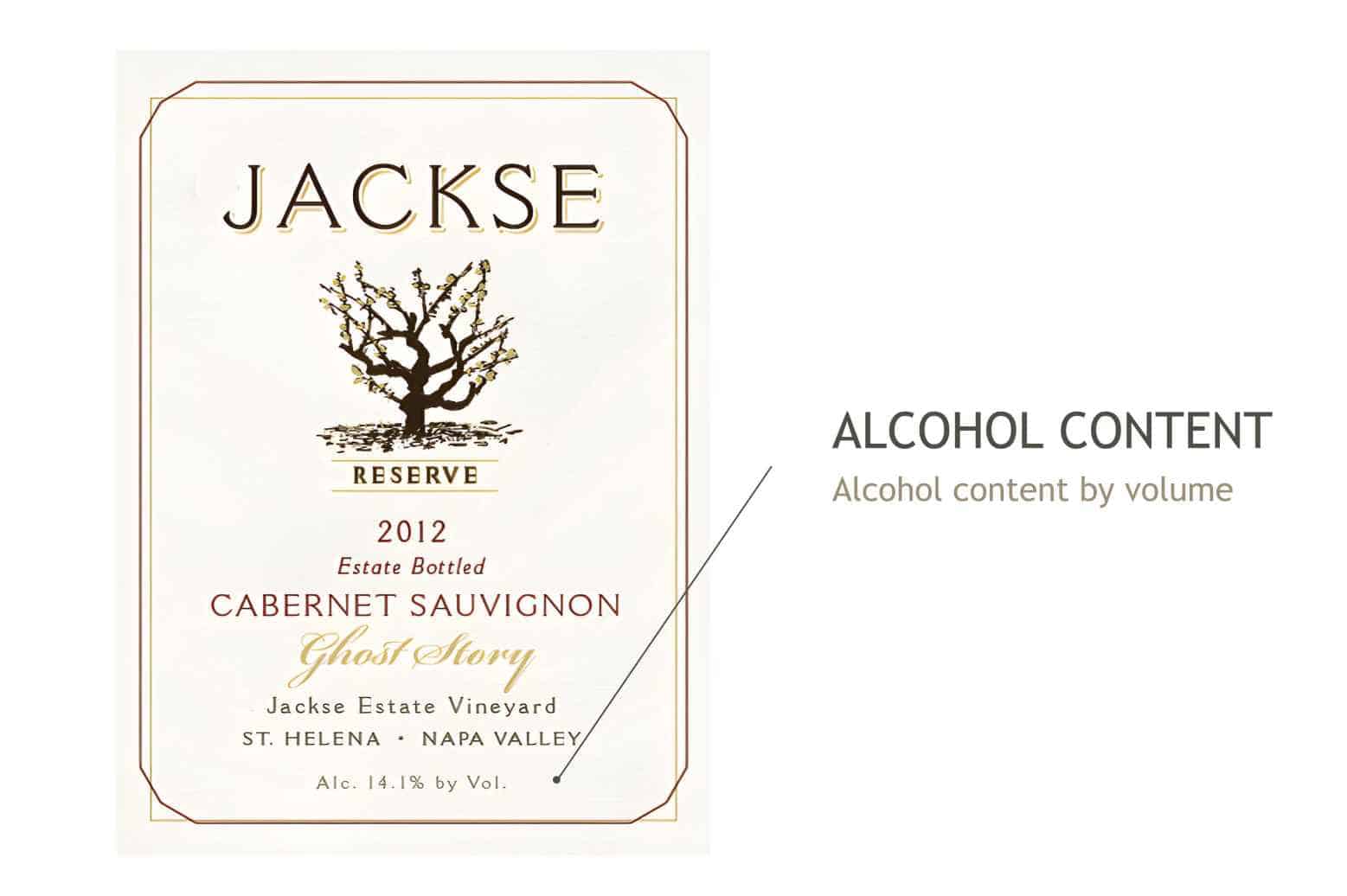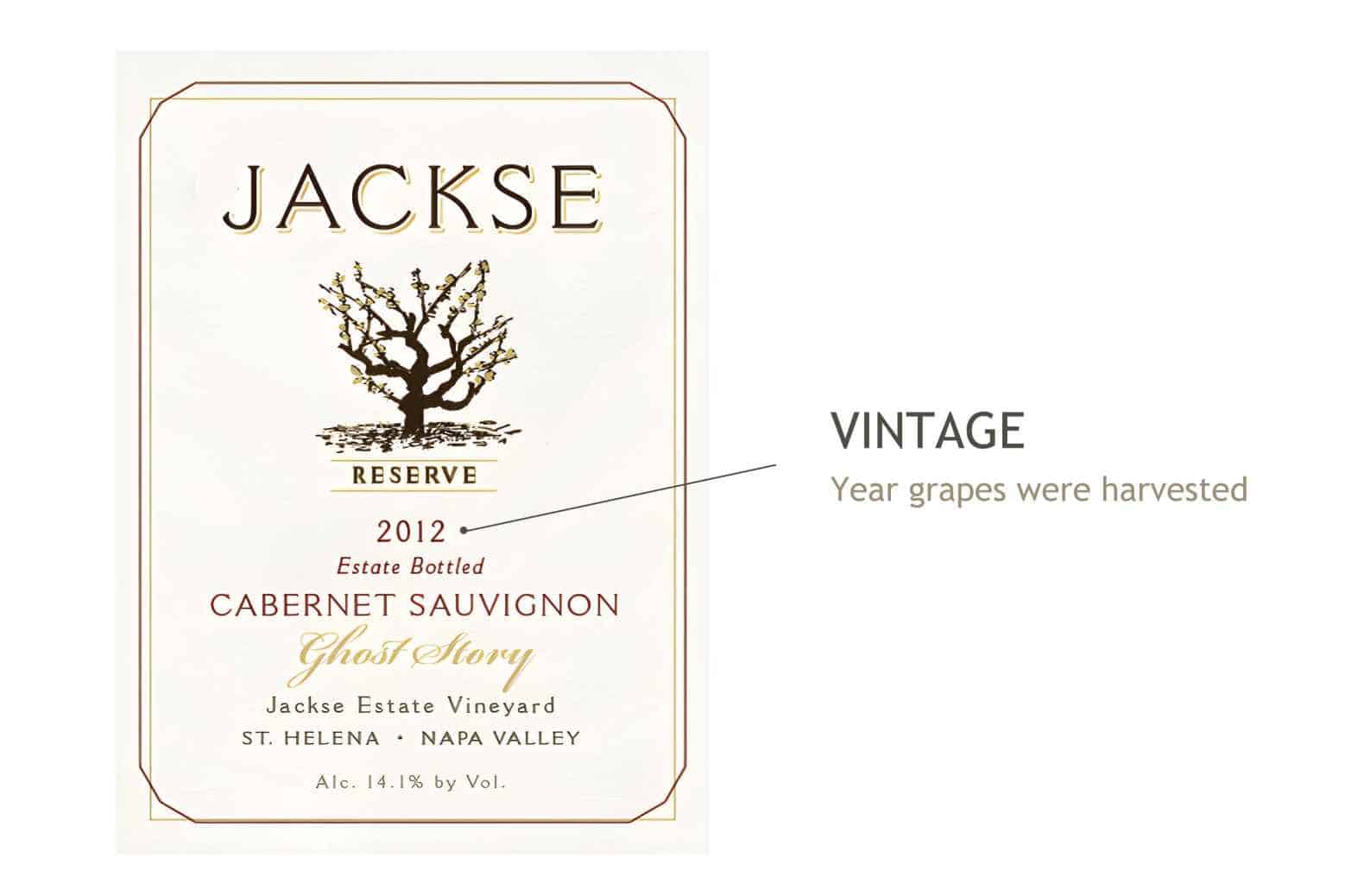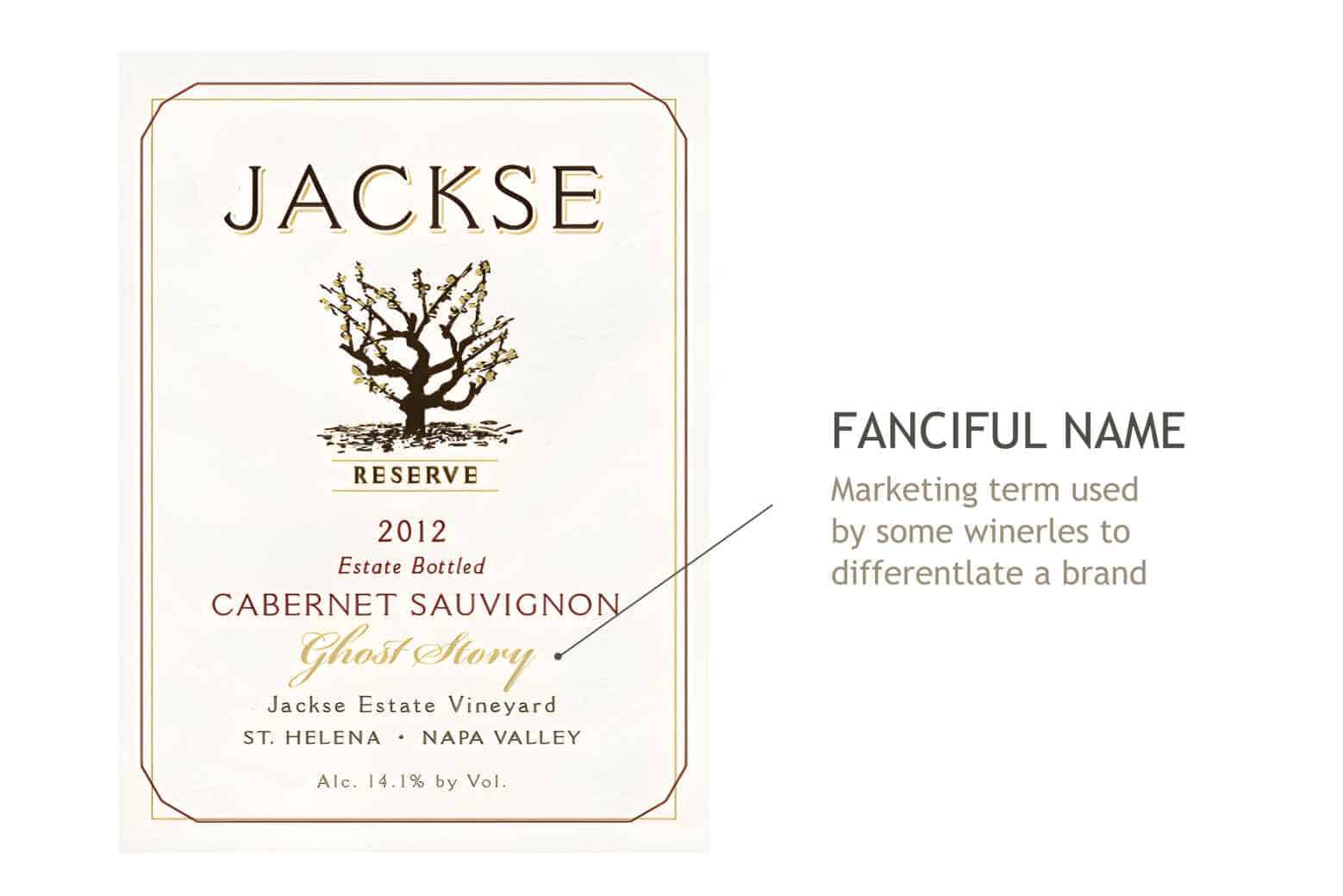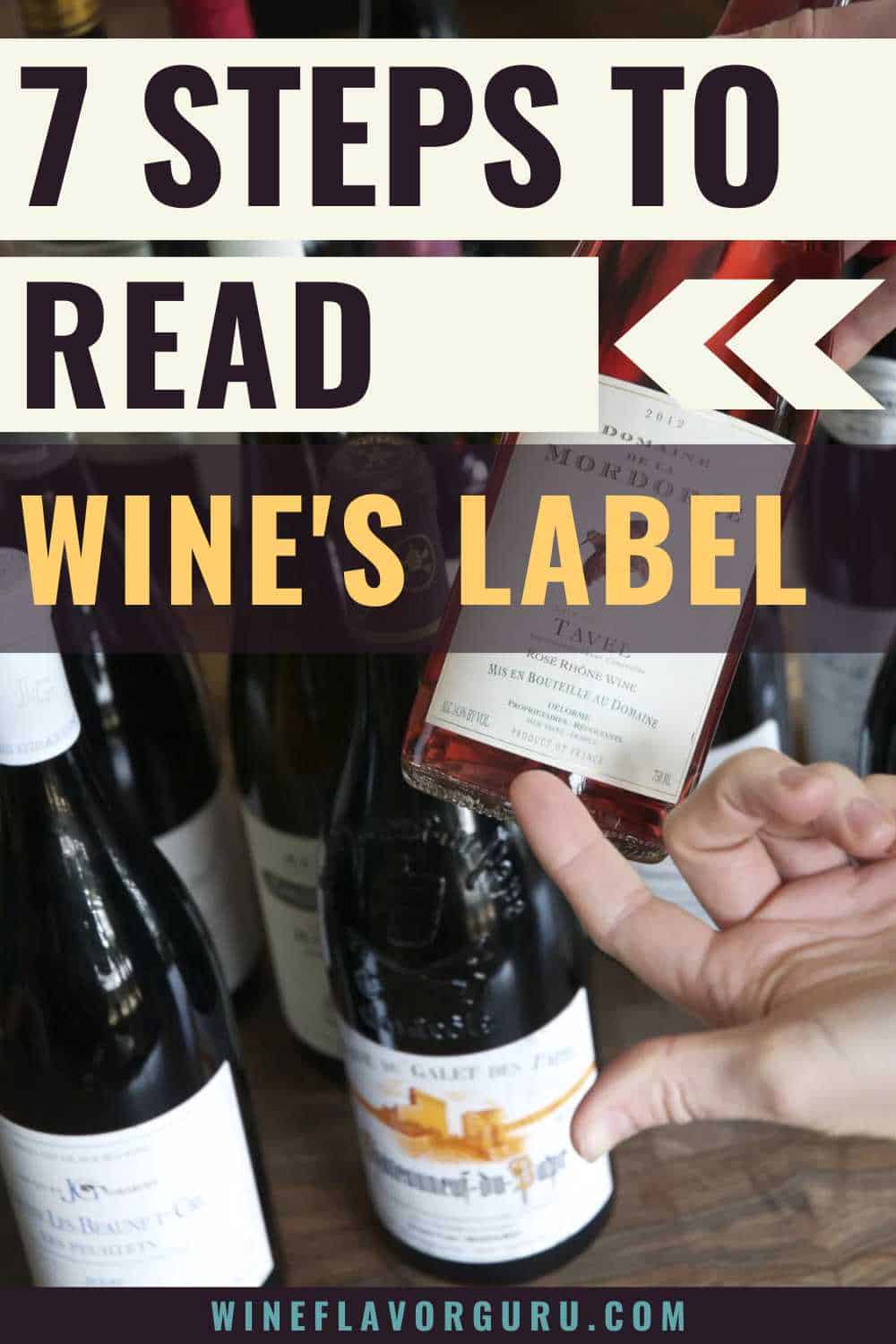Have you ever stared blankly at wine labels and asked yourself what they meant? Well, at some point, we’ve all been there. Reading wine labels can be tricky if you’re a newbie to the modern world of wine sophistication.
But with a few guaranteed tips, you can get yourself a wine bottle with assurance and confidence, knowing with conviction what’s inside. So, no more introduction! In this blog, let’s talk about the seven basic stuff you need to look for when familiarizing yourself and reading wine labels.
The Three Types of Wine Labels
Before we jump in on the smart tips on better reading and understanding a wine label, let’s have a quick tour of the different wine labels or wine labeling methodologies. You’ll find them grouped into three: region, varietal, made-up, or fantasy name.
- By Region: Labeling wines by region like Chablis, Sancerre, Chianti, and Rioja first grew popular in Old Wine countries like Spain, Portugal, France, and Italy. It came about when different grape varietals flourished and blended into craft wines.
- By Grape Variety: Another type of wine labeling methodology is by region. This type is prominent in places like the United States, Australia, and Argentina. Once you see a wine label with grape words such as Chardonnay and Cabernet Sauvignon, it’s designated by grape variety.
- By Made-up or Fantasy Name: Lastly, wines are labeled with made-up or fantasy names. This happens when a sommelier crafts unique types of wine from different blends. Fantasy-named wines are unusual kinds of wines that do not necessarily fit the wine laws of a specific region.
How to Read a Wine Label?
Wine labels are the roadmap that gives us hints and clues about the grape varietals, producer, manufacturer, style, and region. Whether one is an expert, a pro, or a newbie, checking and reading wine labels is a must!
But what do wine labels say? If your heart desires to find the best wines in the world, reading the label is the first thing you need to look for. So, hold your horses, and here are the seven steps to better read a wine label.
Step 1: Check out the Country and Region
It would not be surprising to say that probably the first thing we see on a wine label is its country or region of origin. You’ll find it either at the top or bottom of the wine label.
Mainly, you can locate wines into two camps: Old World and New World. Once you look deeper at the wine’s labels, you’ll realize where it belongs. Is it a New World Wine? Or is it an Old-World Wine? If it’s Old World, the wine bottle came from Europe. But if it’s New World, it’s produced from anywhere globally.
On top of everything, wines differ significantly by region. While we might think and assume that all French red wines are just the same, they vary considerably depending on the region where they came from.
For instance, while there’s no super-duper big difference, a Burgundy red wine would be different from a Bordeaux red wine. And that’s because other wine regions produce wines from specific grapes.
Winemakers craft Burgundy red wine from the Pinot Noir grape variety. On the other hand, one will find a blend of Merlot and Cabernet Sauvignon grape varieties from a Bordeaux red wine. So, when you come across a wine label, please take a moment, and check out the wine’s country and region of origin.
Step 2: Find the Name and the Wine’s Producer
The producer is probably the second thing you’ll see on the front of a wine label. Whether you’re an avid wine lover or an enthusiast, the producer’s or brand name will stand out, making it easy to spot.
Each wine brand or producer brings their craft, uniqueness, and expertise to every wine. The wine’s bottler or producer can be a family-operated business, vineyard, winery, or individual wine expert.
If you’re holding a New World Wine, the brand or producer’s name would be the vineyard that creates the wine. And for sure, it will be the prominent name of the wine’s label. You’ll probably find it engraved with the largest font, which usually appears at the top of the wine’s front label.
Step 3: Consider the Grape’s Variety
New World wines and probably some Old-World wines will showcase the grape variety on the labels. Knowing this stuff is essential since the kind of grapes used in crafting a wine plays a big part in its overall make-up.
Some grapes possess increased sugar levels, unique skin color flavors, tannins, and acidity. The wine’s depth, undertones, and tasting notes depend on the grape’s variety. Famous varieties like the Pinot Grigio, Cabernet Sauvignon, Malbec, and Pinot Noir would only take a second to find.
However, if you can’t spot the type of grapes used, the winemakers probably used grape blends. Just check the back of the wine bottle, and you’ll find a list of grapes.
Or look for its appellation. Once you know the appellation, it will give you an idea of the grapes that wine manufacturers use depending on the regulations of that specific region.
Step 4: Look for its Overall Alcohol Level or ABV
Here’s another thing to know when reading a wine label. While there are many things you can spot on a wine’s bottle label, you’ll learn something just by looking at the ABV otherwise known as alcohol, by volume.
Most of the time, you’ll find the ABV listed with its percentage. Usually, the ABV is indicated at the bottom of the front or back wine bottle label.
Quickly, red blends range from 11 percent to 15 percent ABV, while white blends fall from 10 percent to 13 percent ABV. The alcohol level depends on many factors, including the climate where it is grown and the grape variety.
So why do we even need to pay attention to the wine label ABVs? The bottom line is that the ABV will help you find your preferences or match your expectations when looking for a wine.
If you’re the person who wants to stick with lighter, chill, and easier drinking wine, stick to wine bottle labels showcasing a lower ABV. If you feel that deep, full-bodied, and spicy wines are your thing, look for wine bottle labels featuring a higher ABV.
Step 5: See its Vintage
The next thing you might encounter when reading a wine label is the “vintage.” This wine term means the year the wine is produced and is usually indicated on the front label, the neck of the wine’s bottle, or the reverse side. The vintage typically presents the year when winemakers harvested the wine grape varietals.
And now, you might wonder what the vintage has to do with the wine you’re drinking. Well, this thing says a lot more than we think. Vintage tells us about the overall quality of the wine.
Do you know that vintages change every year? A hail or thunderstorm during harvest time can ruin the harvest and greatly wreck the wine’s composition. On the other hand, wine coming from a good year is always 100 percent better than wines from a bad year. So, the takeaway is the vintage indicated in the wine bottle shows us the sign of either a wine’s bad or premium quality.
In addition, the vintage is an excellent indicator of how much aging your wine bottle had to go through. As we all might be aware now, all wine bottles age differently. While you may enjoy drinking young wine, others are destined to age more. Indeed, vintage features measurement of wine’s quality and the right time when you can best savor the wine’s taste and glory.
But suppose you can’t find a trace of vintage on your wine’s label, then it probably means that it’s a non-vintage wine. You cannot find the year indicated in the wine label because sommeliers craft these wines by blending grape varietals harvested at different seasons.
Step 6: Find Out the Wine’s Age & Quality Classification
You’ll probably find wine’s age classification on Old World Wines. So, why should we care about this? Wine bottles that are aged or fermented in barrels are called “oaked wines.” Once you take a sip of these wines, you’ll taste the nutty and toasty undertones.
Furthermore, to better read and understand wine labels, consider the quality classification system. Sommeliers often regulate and grade Old World Wines. These drinks are usually ranked from superior or high-quality wines to table wines and low-ranking, everyday wines.
For instance, wines in France designated as AOP or Appellation of Controlled Origins or AOC in French Wines means they are superior. In Italian wines, you’ll find it labeled with DOCG or Denomination of Controlled and Guaranteed Origin, which means high-quality wines.
So, the next time you read wine labels, look for their age and quality classification system. These things will help you better decide the wine you want for yourself or your next grand celebration party.
Step 7: Check the Wine’s Content
Finally, it would be best if you won’t skip looking at the content when reading a wine’s label. And the first thing in mind is to check out the sulfite ingredients, level of ripeness, and sweetness. These components are equally important because some people have sulfite allergies.
Sweetness is essential since we are concerned with the wine’s sugar level. So, if you’re curious about the ingredients of your favorite wine bottle, check the labels first, and you’ll indeed find what you’re looking for.
Want to have a quick recap on how to read a wine label? Take a moment and watch this video.
The Bottom Line
Indeed, wine labels often appear a bit intimidating to look at. But that’s not the case now. Just remember the who (producer), the where (country or region), the what (grape variety), and the when (vintage).
And the mystery is solved! Say goodbye to tricky wine labels and look for these things the next time you’re in search of the freshest and finest wines ever!

George Moore, co-founder of Wine Flavor Guru, is a charismatic entrepreneur with a rich background in California’s wine industry. Alongside Sylvia, he transformed a Sonoma County vineyard into a source of premium wines. George’s expertise in sourcing exceptional grapes and his approachable style make wine appreciation both accessible and engaging.
